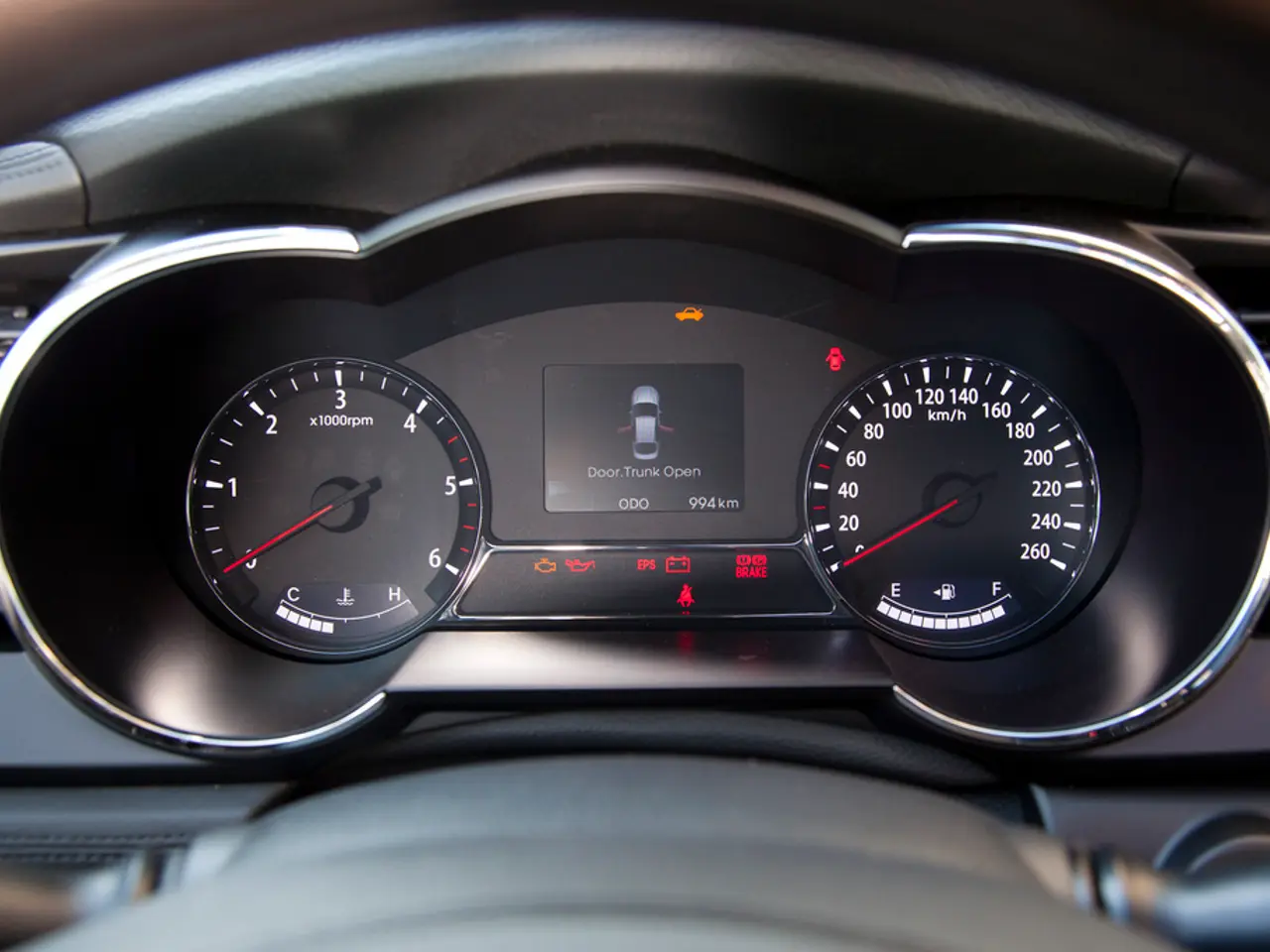Market Size of Lightweight Automotive Materials Expected to Surpass USD 120.49 Billion by 2034
In a significant stride towards innovation, Artificial Intelligence (AI) is transforming the automotive industry, particularly in the realm of lightweight materials. By enabling smarter, faster, and more sustainable processes, AI is playing a critical role in accelerating the development and adoption of cutting-edge materials and structures in vehicles.
### Designing the Future
AI-driven simulation and virtual testing allow engineers to design and optimize lightweight vehicle designs with unprecedented speed and precision. This revolutionary approach reduces reliance on physical prototypes, leading to lighter, high-performing vehicles with improved fuel efficiency and safety. Furthermore, AI facilitates generative design, automatically creating complex geometries optimized for weight and strength, thereby enhancing the use of advanced composites and lightweight metals.
### Streamlining Production
AI integrates with advanced manufacturing technologies such as 3D printing (additive manufacturing), robotics, and automated assembly lines. This integration enables the production of complex, lightweight components with intricate internal structures that traditional manufacturing cannot easily achieve. Moreover, it drastically reduces material waste, supporting sustainability efforts, and improves tooling production efficiency through AI-enhanced 3D-printed metal molds, making mass production of lightweight composite vehicle parts faster and more cost-effective.
### Pioneering Innovation
AI aids in the development of new lightweight materials such as advanced composites (e.g., carbon fiber reinforced polymers), lightweight metals (e.g., aluminum, high-strength steel alloys), and nanomaterials. This technological leap ensures optimized properties for strength, durability, and weight reduction. Additionally, AI supports design flexibility and structural optimization by enabling innovative joining methods and efficient assembly of lightweight components, further pushing the boundaries of vehicle performance and safety.
### Embracing Sustainability
By promoting lightweight design and efficient manufacturing, AI contributes to substantial CO₂ emission reductions over vehicle lifecycles. For instance, saving 1 kg in electric vehicle weight can avoid ~25 kg of CO₂ emissions.
### Market Trends
The global automotive lightweight materials market is forecasted to reach USD 120.49 billion by 2034, with Europe holding the largest market share due to strict EU regulations targeting carbon emission reductions. The composites segment, contributing 66% of the market share in 2024, is set to expand, as is the light commercial vehicles (LCVs) segment, which is projected to grow at a CAGR of 3.3% during the forecast period.
The market size of the automotive lightweight materials market was USD 95.70 Billion in 2024, with Germany projected to witness a significant CAGR of 6.99%. Asia Pacific leads the automotive lightweight materials market in terms of consumption, driven by the rapid adoption of electric and hybrid vehicles. North America is experiencing growth in the automotive lightweight materials market due to increasing consumer demand for fuel-efficient vehicles and the rising popularity of electric vehicles.
Autonomous vehicles are expected to drive the demand for lightweight materials due to their need for lighter materials to accommodate battery systems. The plastics segment is forecasted to grow steadily with a CAGR of 3.83% over the forecast years, and the closures segment is projected to grow at a moderate CAGR of 2.6% during the assessment period.
Some key players in the automotive lightweight materials market include Henkel AG & Co., DuPont, NovaCentrix, KGaA, Intrinsiq Materials, Inc., Creative Materials Inc., Vorbeck Materials Corporation, Inc, Johnson Matthey PLC, Heraeus Holding GmbH, and Applied Ink Solutions.
In summary, AI acts as an enabler of smarter, faster, and more sustainable automotive lightweighting by improving the design process, enhancing production technologies like additive manufacturing, and accelerating the adoption of cutting-edge materials and structures in vehicles. This technological revolution is set to redefine the automotive industry, paving the way for more efficient, innovative, and environmentally friendly vehicles.
- The automotive industry is leveraging Artificial Intelligence (AI) to develop new lightweight materials such as advanced composites, lightweight metals, and nanomaterials, which ensure optimized properties for strength, durability, and weight reduction.
- With AI integration, advanced manufacturing technologies like 3D printing, robotics, and automated assembly lines are helping produce complex, lightweight components for vehicles, drastically reducing material waste and making mass production faster and more cost-effective.
- AI also facilitates the design and optimization of lightweight vehicle designs, enabling engineers to create lighter, high-performing vehicles with improved fuel efficiency and safety through AI-driven simulation and virtual testing, and generative design that automatically creates complex geometries optimized for weight and strength.




